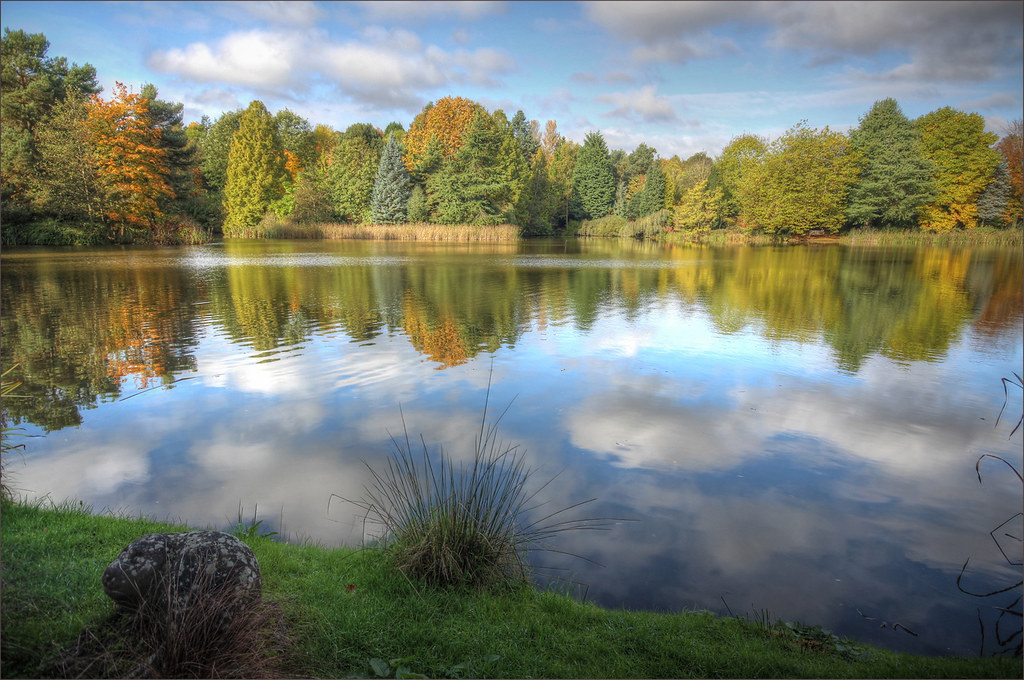This page supports my application for ACE funding a project that responds to the earth crisis by using visual digital art to explore our connections to nature. I am part of the Biophilic City Network, Birmingham is the UK’s only bibliophile city:
The main obstacle for people accessing Augmented Reality work is the type of access platform. I have found that many people do not to want to download a new app on their smart deveice to access AR artworks. It can be difficult with restricted WiFi coverage, fear of viruses and memory space, or their smart device may not run NFC Near Field Communication (used for contactless payment). For this project I will research and develop several different platforms for people to engage with the artwork including NFC, Meta Spark – accessed through people’s existing facebook accounts and Adobe AIR, (AIR is a runtime environment that allows Adobe Animate content). As well as providing preloaded hardware on site for people who experience digital poverty.
Why is it important for young people to connect with trees in response to the earth crisis?
Psychological benefits:
——————————————————————-
1. The love of nature view is that we are nature, by connecting with trees we all can collectively become aware of our part in nature.
——————————————————————-
2. Connecting with trees can help us respond to the climate and ecology crisis by inspiring us to building mutual understanding and support for ourselves, other individuals and groups.
——————————————————————-
3. Connecting with trees can help us respond to the climate and ecology crisis by collectively helping us to solve human-made problems by copying nature’s solutions.
——————————————————————-
4. Connecting with trees can help us to cope with the climate and ecological crisis, calming our anxiety by rooting us all in the earth.
––––––––––––––––––––––––––––––––––––
5. Visiting woodland makes us feel less stressed, being around trees, nature and green space can create feelings of calm, as well as tackle anxiety.
––––––––––––––––––––––––––––––––––––
6. Connecting with trees helps us creating shared spaces and ways to express what is often hidden in biodiversity loss and climate instability.
————————————————————-
Climate science benefits
1. Trees help reduce the harmful levels of Carbon Dioxide in the atmosphere though photosynthesis storing it in its wood, as trees absorb carbon dioxide, and convert it into carbon (among other things), they build up their carbon ‘stock’.
——————————————————————-
2. Trees help regulate extreme climates in cities they can cool the streets and provide shade.
——————————————————————-
3. Trees help protect the earth by preventing soil from being washed away in climate crisis induced extreme weather into streams and rivers.
——————————————————————-
4. Trees support the water cycle, slowing down the way water moves from precipitation to streams and rivers providing water in times of extreme climate conditions.
————————————————————-
5. Trees clean the air large urban trees help filter urban pollutants and fine particulates making the air cleaner to breath.
——————————————————————-
6. Trees reduce noise pollution which can lead to better health, noise pollution has been linked to increased stress levels and heart problems over time.
——————————————————————-
Benefits to humankind:
1. The sacredness of trees is important to mythologies, religions and philosophies worldwide, they are seen to represent deep, philosophical concepts like life, death and immortality.
——————————————————————-
2. Trees support other life by providing habitats and food for pollinating insects which we need to fertilize much of our food production
——————————————————————-
3. Tress provide oxygen for us to breathe through photosynthesis, we can’t live without oxygen.
————————————————————-
4. Trees help prevent water pollution, their root systems act like filters, removing pollutants and slowing down the absorption of water into the soil.
————————————————————-
5. Urban trees provide natural shade and moderate human exposure to solar ultraviolet radiation, so we don’t get sun burn.
——————————————————————-
6. Trees provide food like apples and oranges in orchards and forest gardens.
————————————————————-
7. Trees helps us connect to natural time cycles like the seasons which reduces the stress and anxiety we can get from living under chronological time.
————————————————————-
8. Trees bring diverse groups of people together and aid unity everyone has an equal relationship to a tree.
————————————————————-
9. Trees an provide medicine, modern traditional and alternative. Aspirin comes from the bark of the willow tree, many Bach flower remedies come from trees.
‘There is a sea of connection that floats between us: a place where speech is touch and the welcoming hand restores its silence: an ocean warmed by dark suns.’ *
Digital Entanglements will use Augmented Reality to integrate (biophilic- love of nature) digital art with the natural environment in real time, giving people an experience a real-world nature environment with generated perceptual information overlaid and hidden in it. The project implies that being tangled in the natural world is our mindful state of being: which has been hidden by western civilization’s autonomy of the individual leading to ‘the West’s un-paralleled waterfall of destruction of a diversity of human cultures; plant species; animal species; of the richness of the biosphere and the millions of years of organic evolution that have gone into it’ ** . It will enable participants and audiences to enter the liminal membrane between the digital and the unarticulated expanse of nature, inner and outer.
We have a choice can either use the digital to reinforce the dualism of the material ego, or we can challenge it explore our lines of entanglement, ‘a hidden source of underground to the irrational depths of mind, whose kinship is primitive society, ancient nature religions, perhaps even the primordial beginnings of human life itself. This is part of self that had become alienated from other mental functions in modern life: its absence in thought was part of the sickness of contemporary culture.’ ***
*Clayton Eshleman Poems From Floating The World
**Gary Snyder The Practice of the Wild: Essays
***Paul Christensen Minding The Underworld
Examples of digital work by Jaime Jackson:
The three sites for the project below, linking parks in Cannock Chase Staffordshire, Ward End East Birmingham and Queenswood Herefordshire.
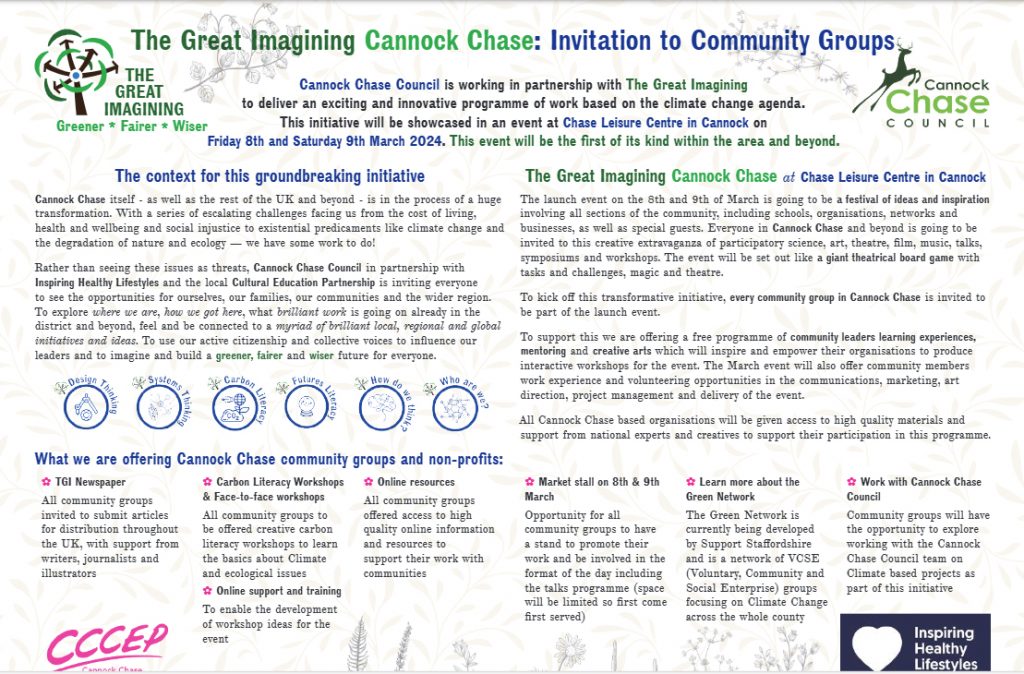
Partners in Cannock Chase – The Great Imagining
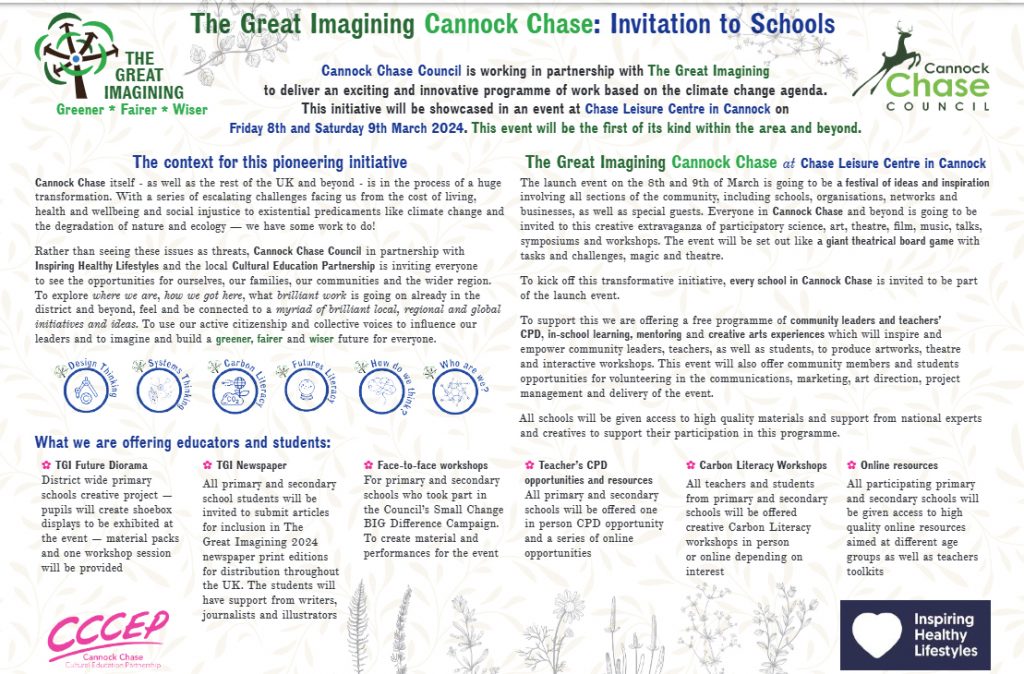
The brain boost from being in nature goes beyond getting answers right in a test, according to Prof Kathryn Williams, an environmental psychologist at the University of Melbourne. “Research has consistently demonstrated enhanced creativity after immersion in natural environments,” she says. One study found that a four-day hike (with no access to phones or other technology) increased participants’ creativity by 50%. (If you’re wondering how you can put a number on creativity, that study used the Remote Associates Test, widely used as a measure of creative thinking, insight and problem-solving. Subjects are given three words and have to come up with a word that links them. For example, Big, Cottage, Cake = Cheese.)
What might be going on here? According to the biophilia hypothesis popularised by the American sociobiologist EO Wilson, humans function better in natural environments because our brains and bodies evolved in, and with, nature. “Biophilia makes a lot of sense,” says Dr David Strayer, a cognitive neuroscientist who heads the Applied Cognition Laboratory at the University of Utah. “As hunter-gatherers, those who were most attuned to the natural environment were the most likely to survive. But then we built all this infrastructure. We are trying to use the hunter-gatherer brain to live in the highly stressful and demanding modern world.”
It’s not that life as a hunter-gatherer was easy, of course. But, says Strayer, the fight-or-flight response that we evolved to deal with it is ill-suited to the way we live now. “Most of the stress we encounter today does not require a physical response, but still evokes the same physiological reaction – raised cortisol levels, increased heart rate and alertness – which can impact immune and cardiovascular function, as well as memory, mood and attention.”
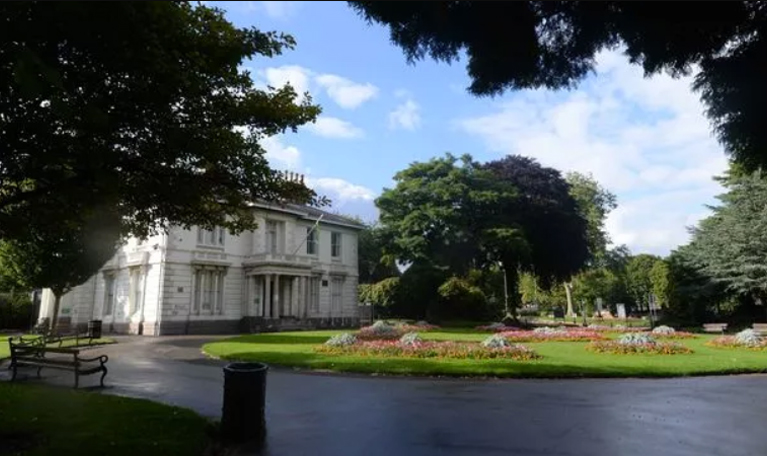
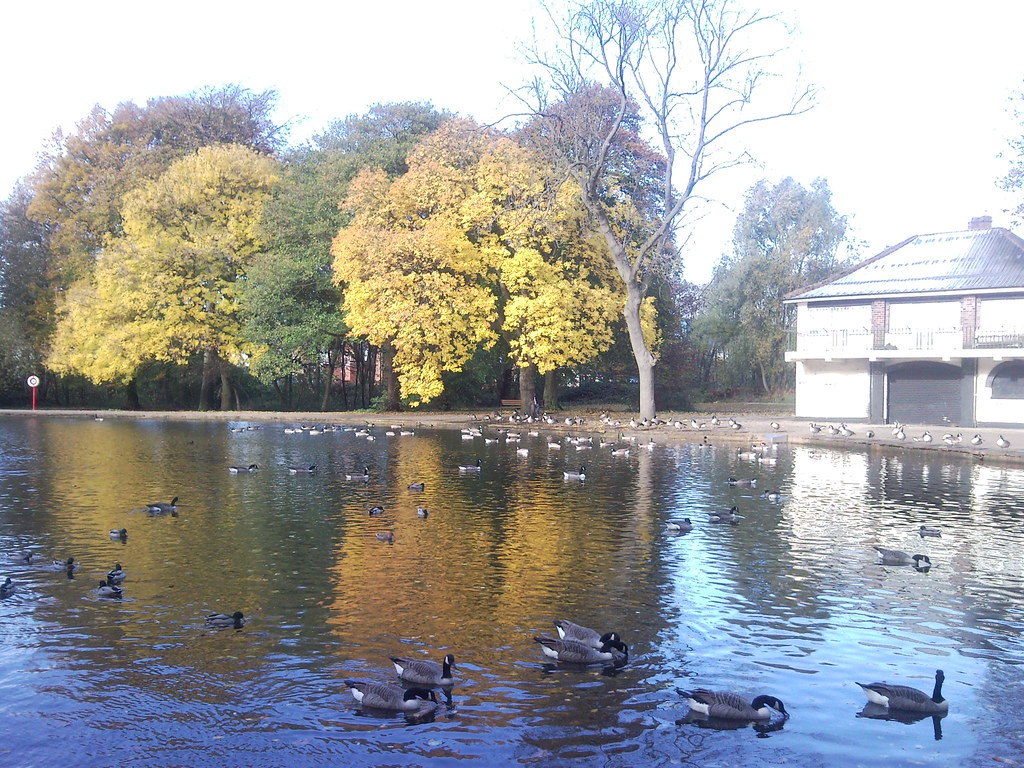
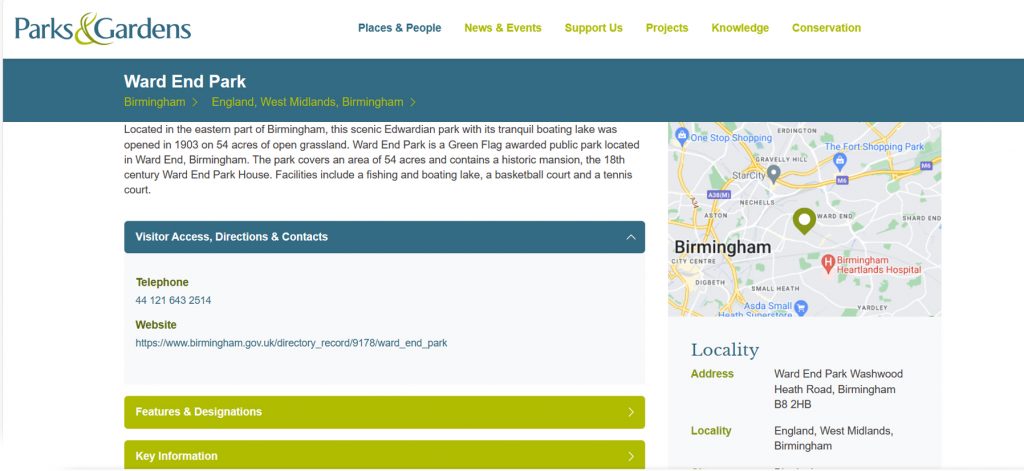

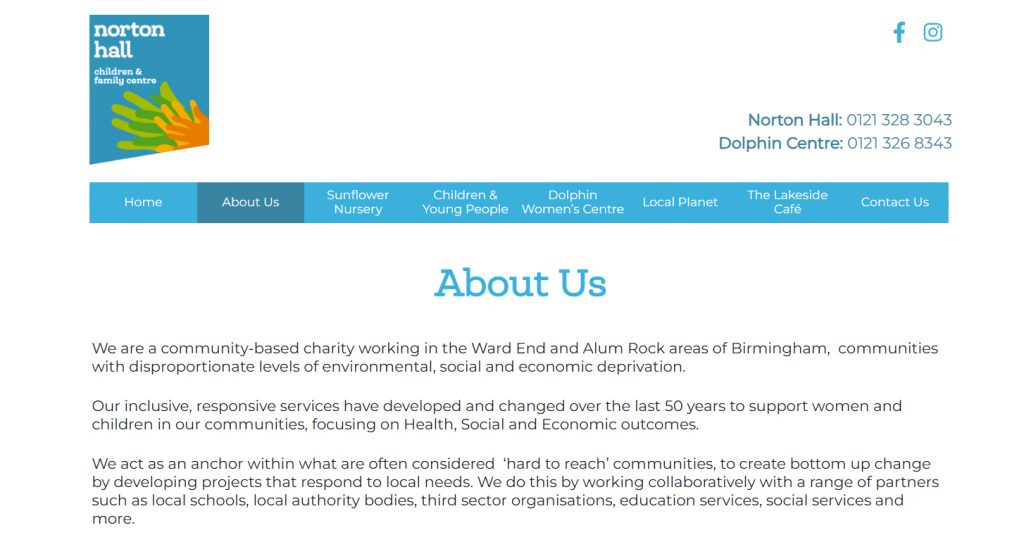
Above project partners Dolphin Womens centre in Ward End Park and Norton Hall Family Centre, East Birmingham. Below Queenswood Country Park Herefordshire
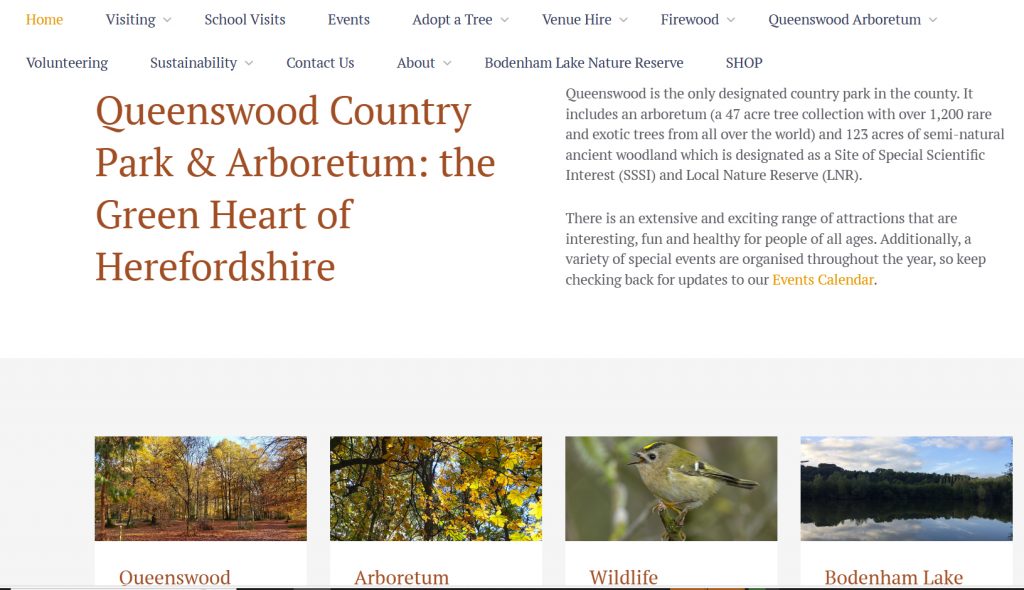
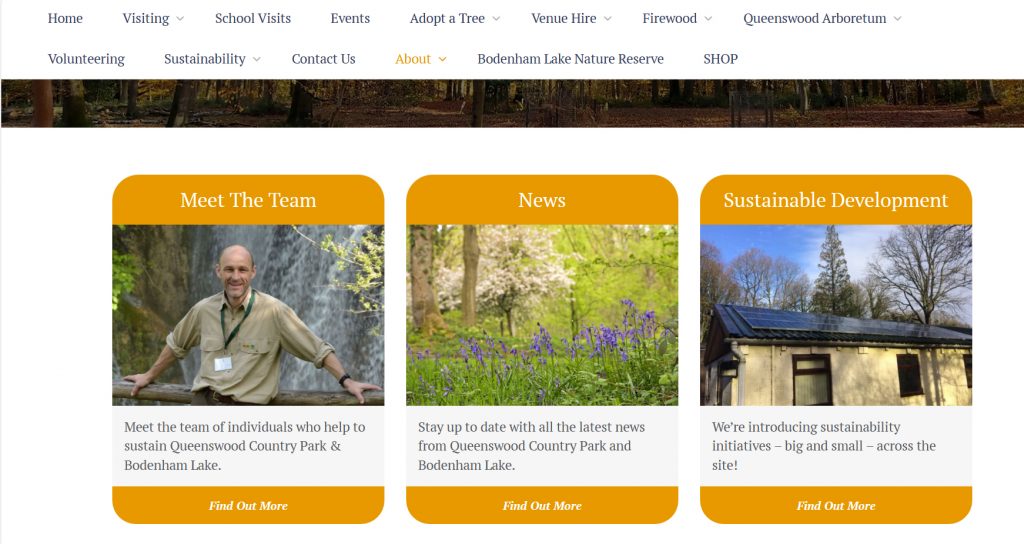

Exposure to nature activates the parasympathetic nervous system – the branch of the nervous system related to a “resting” state.
One recent theory proposes that oxytocin (the “bonding” hormone) may be behind the phenomenon, exerting its powerful antistress and restorative effects when we are in natural settings that we perceive as safe, pleasing, calm and familiar.
But if its capacity to make us “feel better” were the sole pathway through which nature affected the brain, it would only work if you regard being in nature as a positive experience. Those siding with Woody Allen when he said “I love nature; I just don’t want to get any of it on me” would not experience a brain boost. However, research by Berman and others suggests that improvements in cognitive function are not linked to improved mood.
Berman got his subjects to walk at different times of the year. “Even in January, when it was zero degrees outside and people didn’t enjoy the nature walk, they still experienced performance improvements in the test,” he says. “They didn’t need to ‘like’ the nature exposure to reap the cognitive benefits.”
Another explanation for the nature boost is something known as attention restoration theory (ART). Psychologists call the capacity to sustain focus on a specific mental task, ignoring external distractions (such as your phone) and internal ones (such as your rumbling belly), “directed attention”. And according to ART, it is a finite resource.
